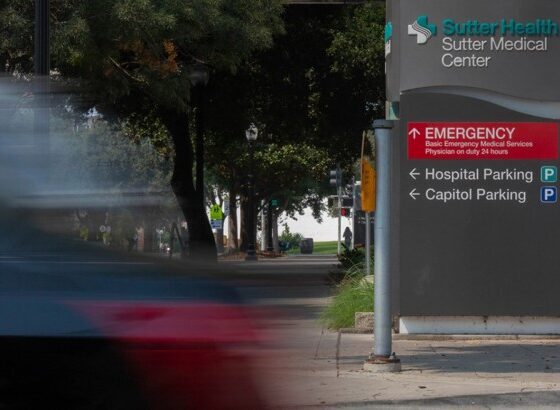This article from the Philadelphia Enquirer contains valuable information about the high cost of cancer care and the options people have in managing those costs.
The good news is more Americans are surviving cancer.
The bad news? We pay big bucks to stay free and clear of the disease.
Nearly 14.5 million American cancer survivors remain alive and well as of Jan. 1, 2014, according to the American Cancer Society, the National Cancer Institute, and the Centers for Disease Control and Prevention. By 2024, cancer survivors will number 19 million people.
So how much does it cost to stay cancer-free? Quite a lot, says Zhiyuan Zheng, Ph.D. and senior health services researcher with the American Cancer Society in Atlanta.
For American men, the three most prevalent types of cancer among survivors are prostate (43 percent), colorectal (9 percent), and melanoma (8 percent). Breast (41 percent), uterine (8 percent), and colon and rectum (8 percent) are most common among women who survive cancer.
Prostate, colorectal, and breast cancers account for about 30 percent of all cancer-related health-care costs. The survivors incur higher medical expenses, are at higher risk of secondary cancer, and require more tests and follow-up care.
Total cancer treatment costs in 2004 were $72 billion, about $120 billion in 2014, and will increase to $180 billion by 2024, Zheng adds.
How does that break down per person? In the first 12 months, breast cancer treatment costs roughly $20,000, colorectal cancer $30,000, and prostate $10,000.
Lost workdays add to the total annual economic burden per cancer survivor: $20,238 for colorectal, $14,202 for breast, and $9,278 for prostate, for those under age 64, the researchers found.
Fortunately, cancer patients can now turn to medical bill negotiators who bargain with medical providers.
“We have a number of cancer patients who’ve hired us. Plus we’re also seeing a higher success rate” among cancer patients, says Derek Fitteron, founder and CEO of Medical Cost Advocate in Wyckoff, N.J.
One customer was a family facing $125,000 in bills incurred in a year for treatment of a rare childhood cancer.
“We reviewed the bills for billing accuracy and found comparable pricing negotiating savings of more than $85,000 with several Pennsylvania facilities,” Fitteron said.
Resources Cancer maintains a list of organizations that help patients financially
The Cancer Financial Assistance Coalition is a group of national organizations that provide financial help.
The nonprofit CancerCare provides limited financial assistance to people affected by cancer. It also has a foundation to help fund copays, the CancerCare Patient Assistance Foundation
The HealthWell Foundation similarly provides financial assistance to cover copayments, premiums, and deductibles for certain medications and therapies.
Partnership for Prescription Assistance helps qualifying patients who lack prescription-drug coverage obtain the medications they need.
Needy Meds offers information on companies assisting those who can’t afford medication.
The Patient Access Network Foundation assists patients with out-of-pocket costs associated with their treatment.
Patient Services Inc. assists with insurance premiums and copayments for people with chronic diseases.
RxHope.com helps patients obtain free or low-cost prescription medications.
The Assist Fund provides financial support to chronically ill patients with high-cost medications.
The Patient Advocate Foundation provides education, legal counseling, and referrals for people with cancer who need assistance managing insurance, financial, debt crisis, and job-discrimination issues.


